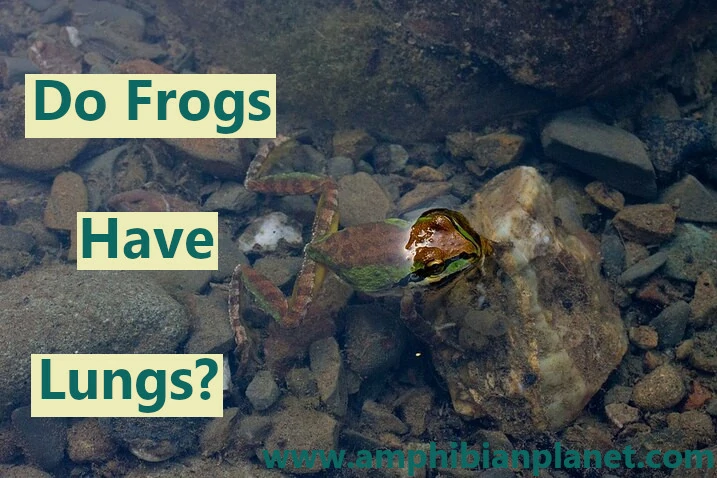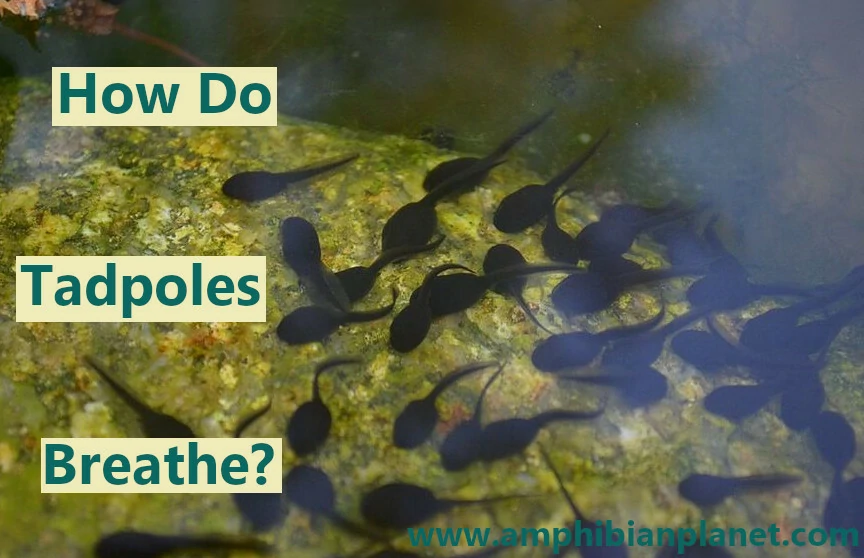Do Frogs Have Lungs?
Frogs are intriguing creatures that attract the curiosity of many people. There are also many misconceptions about these animals. Most frog species have lungs which they use to breathe air. In addition to lungs, frogs also breathe through their skin and thin membranes in their mouth and throat. Only one out of more than 7,500 … Read more






